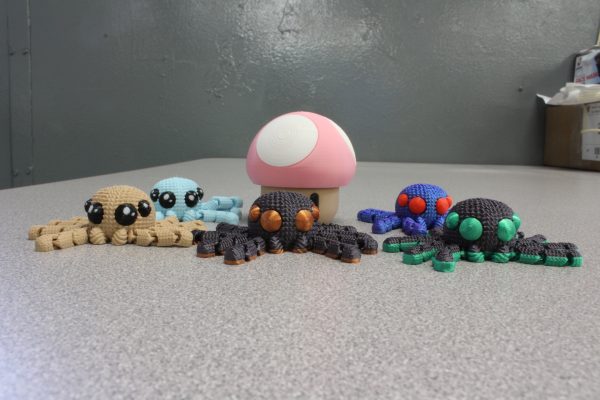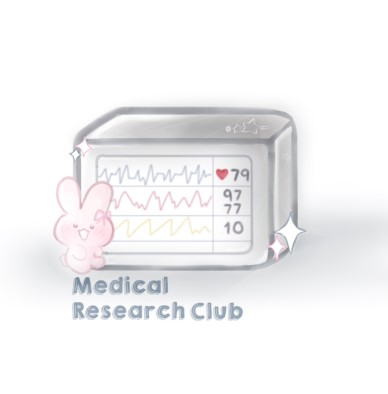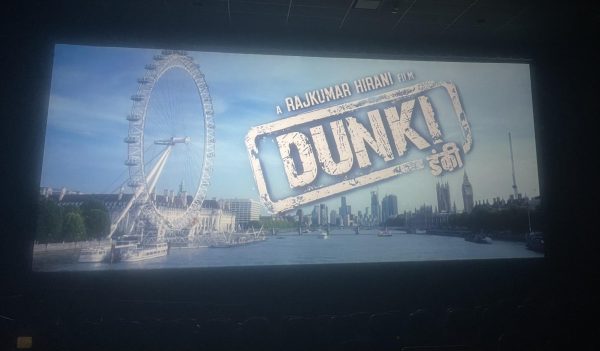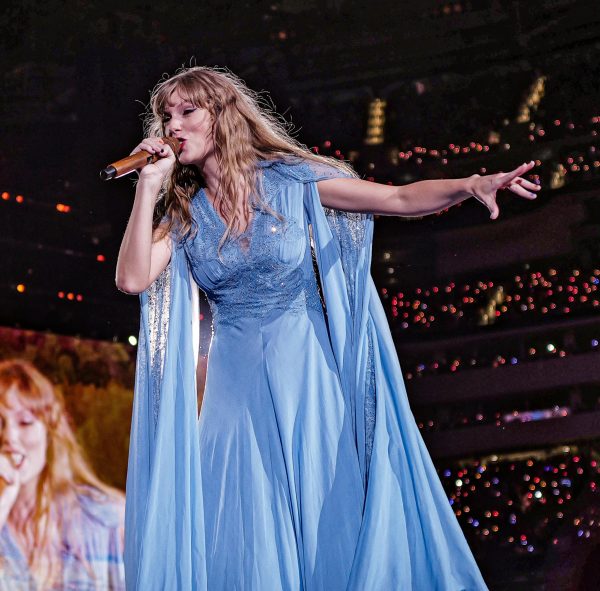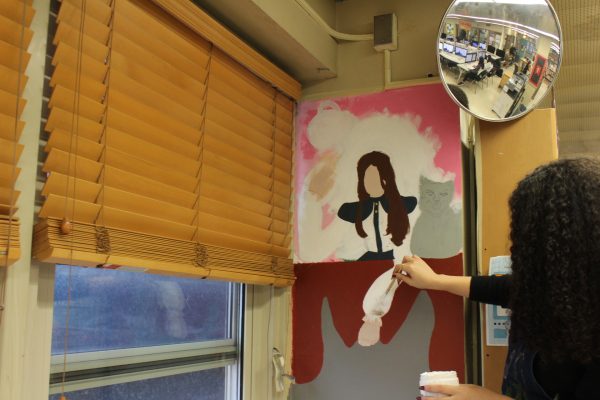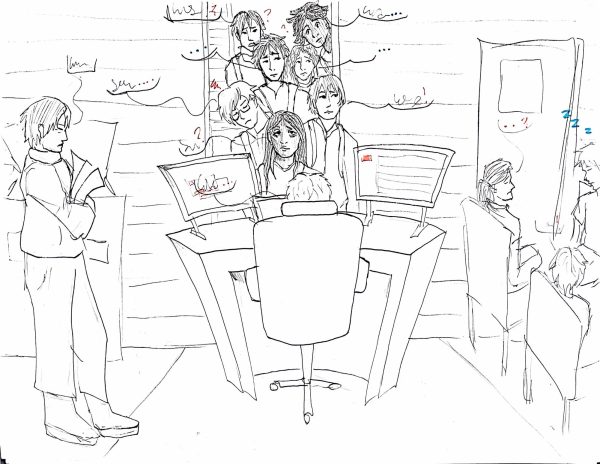Books and Bytes: Has Technology Changed our Book Culture?
Books were already on the decline when only 256 million U.S. adult nonfiction books were sold in 2013. Now, less than 250 copies of all nonfiction are sold per year and less than 2,000 copies of a title are ever sold, according to Berrett Koehler Publishers. Book sales are dropping and technology is rising. The world is becoming digitalized, and the traditional medium of print that society has known since the beginning of civilization, is evolving. The way we read and absorb information in our lives is changing.
It all started with the boom of ebooks in 2008-2010, and though ebook success has plateaued in recent years, audiobooks have risen as formidable adversaries in its place. With so much more access to different content with technology, and explosions in the number of new published books, there’s now so much more out there and competition is intense. However, the demand isn’t high enough to reach this massive supply.
Book sales are dwindling and it’s getting increasingly difficult every year to sell books, with a less than 1% chance of ever being restocked. This makes it hard for the publishing industry to survive as well, and now with more and more self-published authors, it only furthers the issue. Big publishing companies like Time Inc. and Hearst have also switched over to digital audiences and merge with media companies to move with the times and go digital.
The same holds true with how people read in their daily lives as many are going digital and doing a combination of all sorts of reading formats.
“I love a physical book and I think that’s just the English person in me, like the English lover in me,” English teacher Ms. Ingraham said. “Unfortunately time doesn’t always allow me that luxury of actually reading the physical book, so what I tend to do is, because my commute to work and from work to home is so long, I’ve started using audiobooks.”
In the time old question of print versus digital media, adults and even millennials still find a physical book much more satisfying.
“I’m one of those kids that doesn’t consider it reading if it doesn’t have pages that make noise when you flip them, that smell really nice when the book is new, and end up all nasty with coffee stains and doodles and creases from doggy ear flapping by the time you’ve read through it once,” said sophomore Angie Yang. “It’s just not the same curling up with some nice tea and “Balzac and The Little Chinese Seamstress”.
While some like Yang prefer for printed books, others say digital media should not be looked down upon either. Ms. Linge, a journalism teacher at Francis Lewis High School, believes technology has allowed reading to become much more accessible and incorporated in our daily lives.
“When it comes to consuming news though, and current events, I’m actually more digital than ever,” Law and journalism teacher Ms. Linge said. “I think it’s because of the immediacy of the news, which it really lends itself to a digital format.”
The issue of time is often the case when it comes to reading. People, especially in this day and age, want things fast and easy. Yang brings up the notion that it’s not just technology, but also our “busy-body attitudes” that are to blame.
“I hate that I don’t have more time to read for pleasure like I did back then, but I mean, it’s just the nature of my job,” said Ms. Ingraham. “It hasn’t lessened my desire to read, I love to read.”
This passion for reading in an individual seems to never falter, because even though they may read less now, memories of library visits and the sensations of reading physical books are ingrained in their childhood to keep the flame going.
“I think the reason why I like fantasy so much though is because, with fantasy, you have to design your own worlds and your own set of rules that aren’t like the ones we have in reality,” sophomore Rajab Butt said. “In a sense, it’s sort of like creating the world inside your head on paper. That sense of imagination, along with the descriptive nature of certain fantasy books, would really get me engaged and feel as though I was visiting the places the books described.”
As the years go by, each new generation of children is exposed to less and less print literature, and reading doesn’t mean the same to them as it did to the people before them.
“Books are boring though, like there’s never a good plot,” said Maya Chu, an 8th grade student who said she would much rather prefer Korean television dramas. “It’s more interesting, because there’s drama. Do books make me cry? I think not.”
Teachers notice this transformation in their students as well.
“I feel like kids don’t read anymore, and it’s because they have a lot of other options in terms of social media, and technology, where they have other things that can occupy their time,” Ms. Ingraham said. “One of the things that’s so interesting about that is it’s harder to teach novels now, because kids don’t like to read. There’s just not the desire there to want to read anymore.”
However, some students are working to change that current trend. Freshman Kelly Kwong makes it a point to keep reading a part of her life because it’s something she can’t live without.
“Books are my whole life,” Kwong said. “Each time there’s a holiday or birthday, I always ask for books and books and more books. I try to read one book week but during breaks I read one to two a day.”
Ms. Linge tries to instill the same unique feelings of reading physical books into her own daughter, so that books will always be a part of her.
“I wanted her to equate books with comfort and love,” Ms. Linge said. “And I think when you have that kind of feeling and you associate it with books, it’s a really good feeling.”
Each and every person is different and everyone has their own interests, whether reading is one of them or not, but there’s no denying things are changing. Ms. Linge calls it “the way of the world” and that things will inevitably continue to digitalize as society and technology progresses.
“We have to examine what the advantages are, and recognize those advantages,” said Linge. “But then we have to become critical of the disadvantages and understand what those disadvantages are, and create awareness around that.”





